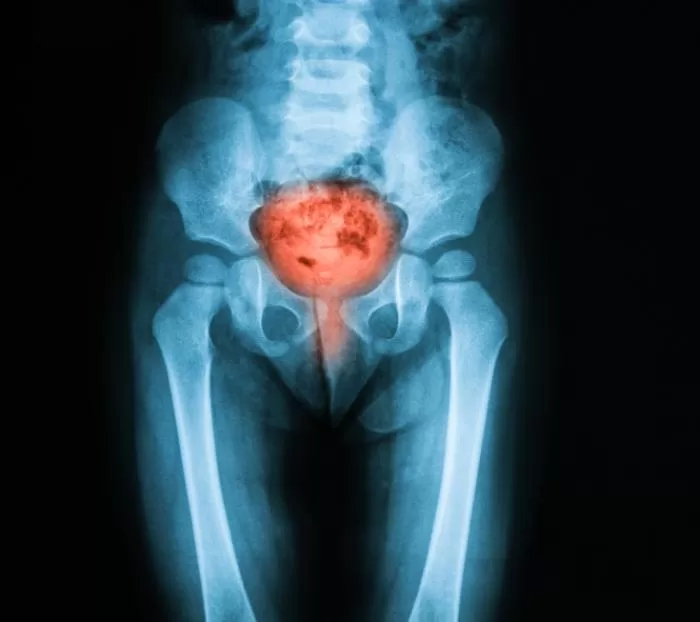Cystitis is an infection of the bladder when the bladder becomes inflamed making one feel like frequently urinating even after emptying the bladder.
Types of cystitis.
Bacteria cystitis – It occurs when the bacteria cause infection after entering the urethra or bladder. The infection causes inflammation.
Drug-induced cystitis – Some drugs may cause the bladder to become inflamed and can irritate your bladder as they exit the body. Examples of these drugs are; chemotherapy drugs, cyclophosphamide, and ifosfamide drug.
Radiation cystitis – Radiation therapy is used by people with cancer to shrink tumors and kill cancer cells. However, it can cause damage to healthy cells and tissues. The treatment in the pelvic area may result in bladder inflammation.
Foreign body cystitis – The use of catheters can increase the risk of bacterial infection and also damage tissue in the urinary tract and the damaged tissue can cause irritation.
Chemical cystitis – Some Hygiene products can cause inflammation in the bladder, for example, chemicals from bubble baths and spermicidal jellies.
Signs and symptoms of cystitis.
- Strong-smelling urine.
- The feeling of pressure in the abdomen.
- Burning feeling during urination.
- Passing frequently but with a small amount of urine.
- Pelvic discomfort.
Diagnosis and treatment of cystitis

The doctor may ask for a sample of urine to determine the cause of cystitis and to check for a UTI. The doctor may also perform the following;
- Bob Huggins bio-age, wife, children, attack, net worth.
- Eliud Owalo bio-age, wife, origin, and net worth.
- Chris Paul Bio-Age, Wife, Children, Career, Net Worth.
- George Magoha Bio-age, wife, Net Worth and Death.
- Phillip Schofield bio-age, wife, children, parents, career.
- Anna Wiernicki Bio, Wiki, DC Now News, Age, Education, Family, Children, Husband, Net Worth, and Career
- Tiffany Chen age, husband, children, films, TV shows, De Niro.
Cystoscopy – The doctor inspects the bladder with a tube that has a camera and light within it. With the use of cystoscopy, the doctor may collect a biopsy of the bladder tissue.
Imaging test – If necessary, an x-ray or ultrasound can be used to rule out the cause, such as tumors.
Treatment
Medications – Treatment for bacterial cystitis is commonly treated through antibiotics while remedy for interstitial depends on its causes.
Surgery- It may not be the doctor’s first choice but is more common for a chronic condition.
Risk factors
- If you are sexually active.
- Pregnant ladies.
- Gone through menopause.
- When using certain types of birth control.
- Use of urinary catheters for a long.
- Interference with the flow of urine.
Prevention
- Take showers instead of tap baths.
- Wash the skin around the genitals gently.
- Drink plenty of water.
- Urinate frequently.
- After a bowel movement, wipe from front to back.
- Empty your bladder immediately after sex.
- Avoid hygienic products in the genital area
- List of Best private secondary schools in Nairobi County.
- A list of special secondary schools, and contacts.
- Kenya Institute of special education, courses.
- Public Universities in Kenya
- The best private primary schools in Nyeri county.
- Kenya Medical Training College, courses, requirements.
- How is The Lenana Boy school and location?